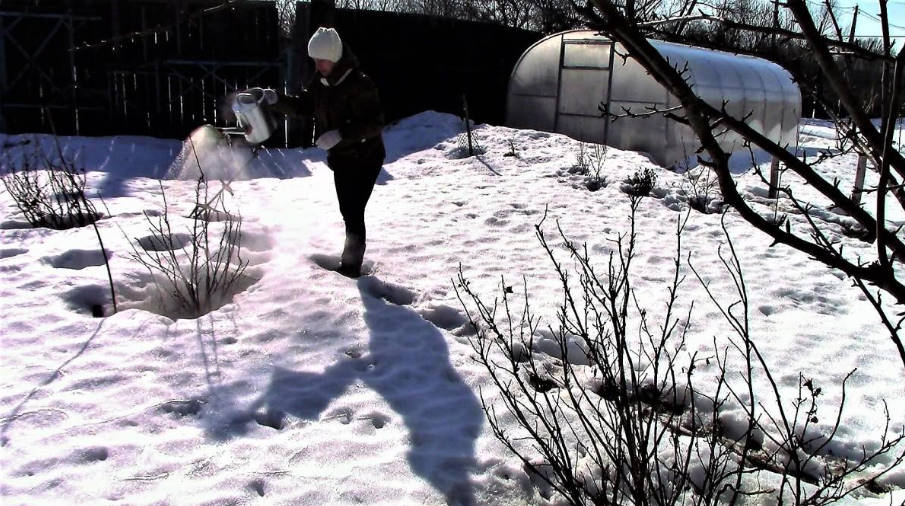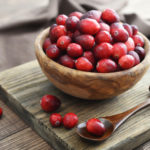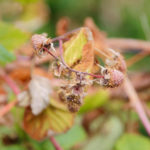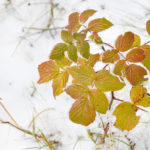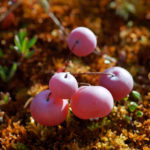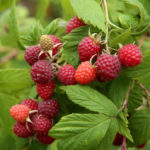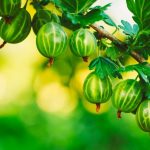The yield of currants directly depends on the correct agricultural technology of cultivation, and its important component is timely protection from pests. The kidney mite is a dangerous parasite, formidable in its mass, easily dispersing and strongly affecting the productivity of bushes. Blackcurrants are mainly affected, but red and white currants can also be infected.
From the name it is clear that the target of this pest is the kidneys. In them, they overwinter and reproduce, the number of parasites in one kidney can exceed 3000 individuals. Because of this, it is easy to recognize infected buds: they swell, become much larger than healthy ones, and then dry up without even budding. Given the large number of parasites, this leads to a significant decrease in yield.
Of course, there can be nothing better than prevention. For planting in your garden, you only need clean planting material, while choosing tick-resistant varieties. Proper agricultural technology, good and timely nutrition of bushes also increase plant resistance.
What should I do if a pest is detected? One of the most popular methods is to collect infected kidneys. As mentioned above, they are easy to distinguish from healthy ones. The collected kidneys must be burned. It helps to treat the bushes with appropriate solutions or an infusion of crushed garlic. It is important to carry out the treatment on time-before the end of flowering of the plant.
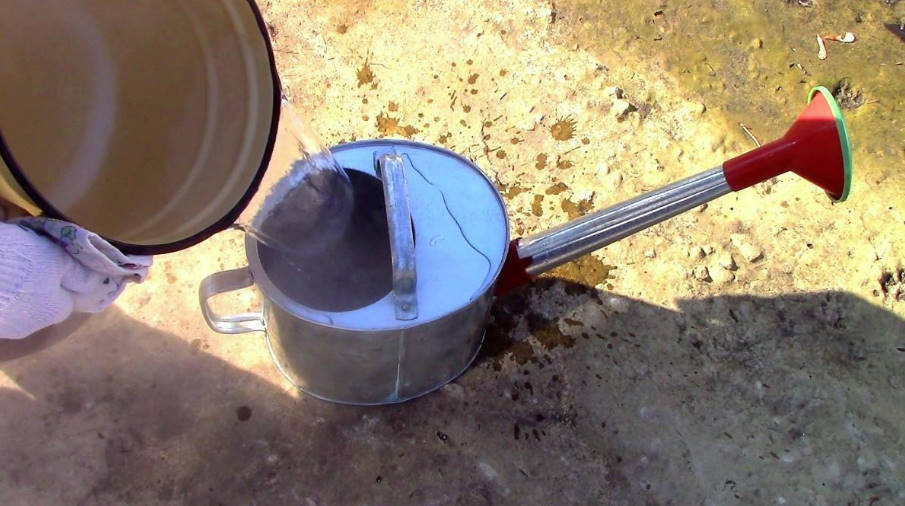
Pour hot water for treatment of currant
Another very effective way is to pour hot water over the plantings. This procedure is carried out in March, while the snow has not yet completely melted, necessarily until the buds swell.
A concentrated water emulsion of a soap emulsifier and a fraction of oils with a boiling point in the range from 190 °C to 230 °C (374-446°F) are added to the water for scalding currants. However, it is mainly used in veterinary medicine. In horticulture, it is used as an effective remedy against aphids and other pests.
In a five-liter watering can, you need to pour 20 ml(0.6 ounce) of this drug, then add hot water. The resulting solution is well poured over the currant bushes through a diffuser nozzle.
And how do you process currants in the spring? Share it with us in the comments.
